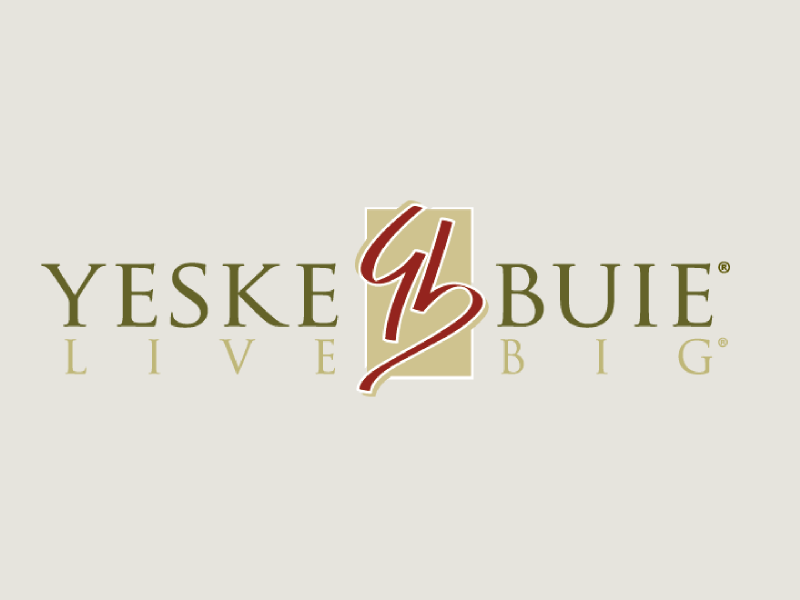Financial Makeover

San Francisco, CA, USA — It is not too late. Those are five words that apply to most of us when it comes to saving for our retirement. Joe Ducey reports on how we should invest now in order to build a comfortable retirement.
It could be the kids, it could be the jobs, but Phyllis and Chris Bright can’t find enough time to manage their money.
At a glance, the family finances appear picture perfect. They include large holdings of high-yielding employer stock, a big chunk of income going to 401k plans, and a whopping amount set aside for emergencies.
Still, the Brights are full of questions: “How much should you have liquid, how much available in one or two years? At what point more aggressive, at what point conservative? What should we be doing for our kids’ education?”
And they’d like to retire soon — very soon. “I’d like to retire at fifty, he always says that,” says Phyllis. “We, I don’t want to keep working if he’s not.”
But the biggest question is: Are you saving enough money to retire comfortably?
Here’s a basic formula to check. First, assume there’s a 10 percent return on your money and a 3 percent inflation rate. If you want to live at your current income level, say $100,000 a year for 20 years after retirement, then you’ll need 13 times that amount in retirement savings, or $1.3 million.
We asked David Yeske, a San Francisco certified financial planner, if the Brights’ outlook matched their name. “They’ve done a good job,” he says.
But, Yeske also sees potential trouble. One is a common Bay Area problem: an unwillingness for high-tech employees to diversify; to get rid of so much high yielding company stock. The Brights have 80 percent of their retirement money there.
“In a sense, you’re doubly undiversified,” says Yeske. “Your portfolio and your job depend on fortunes of one company.”
That’s risky, so Yeske would slash the 80 percent, leaving just 6 percent of their retirement money in employer stock.
Also, while the Brights now keep 4 percent of their funds in low-yielding money market accounts, Yeske would cut that to just 1 percent.
So, where should the Brights be putting their money? Yeske says this is how their new plan should look: 1 percent cash, 14 percent bonds, 24 percent U.S. large company stocks, 6 percent employer stock, 25 percent U.S. small cap stocks, 30 percent international stocks. He recommends the same for most 40-somethings.
And when it comes to insurance, Yeske says the Brights pocket some quick savings by doubling or even tripling their $250 auto and $500 homeowners deductible. “I’m a big believer in self-insurance,” he adds.
Yeske also advises the Brights keep up their hefty contributions to 401k plans now at 16 percent combined. That’s tax deferred money!
And it can really add up. Assuming an 8 percent return, if you saved just $25 a month for 40 years, you would have $80,000 more for retirement. If you managed $75 more, it would add another $241,000 to your account.
Along with their investments, the Brights have been smart about living within their means: not buying a more expensive home, keeping credit debt down. And it’s working.
What does Yeske think about that retirement goal of 50?
“It’s absolutely doable,” he says.
“It’s always been a pipedream before, and working and being conservative in spending looks like it’s paying off,” says Phyllis.
